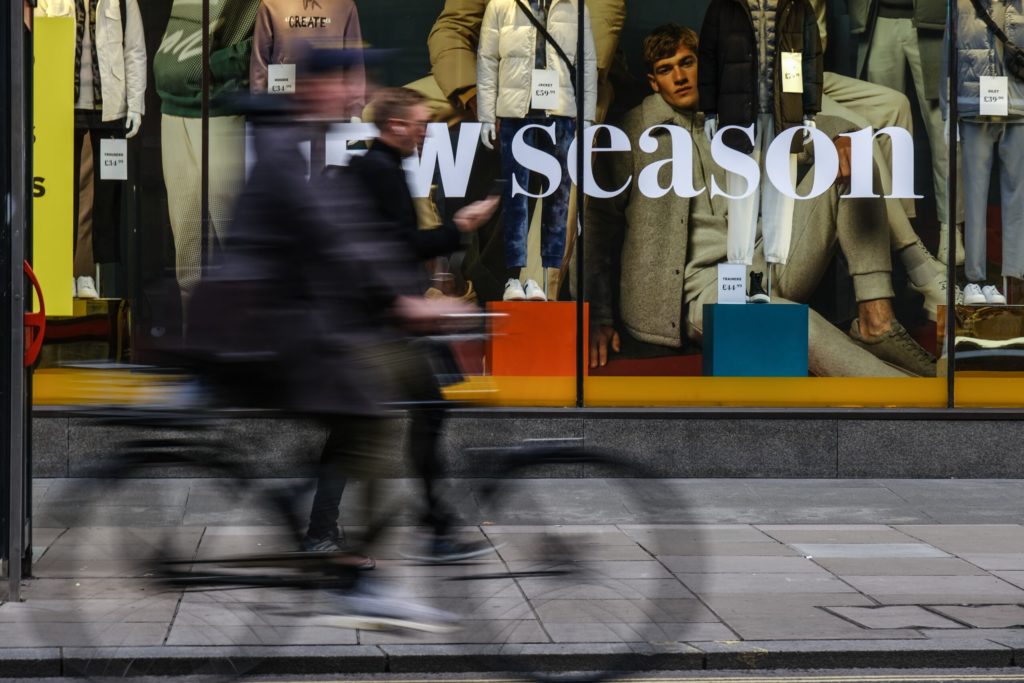By Rupert Cross, Chief Digital Officer at 5874 Commerce
It’s well reported by now that online sales surged massively earlier this year with stores being closed, as many people adapted their shopping habits to get hold of their favourite items. Whether it’s ordering clothes online, or DIY burger kits from your favourite artisan chain (just us?), new offerings have sprung up in all sectors.
For the seamless process we see from the customer side however, there has been an industry working tirelessly behind the scenes to play catch up with an ever-changing landscape and subsequent rapid transition of processes. In turn, this has thrown into sharp relief those retailers who have failed to give due consideration to their omnichannel strategies before now.
Prudent decision making
One of the hardest hit industries over the last six months has been fashion retail. Earlier on in the crisis, the biggest challenge was getting stock in from markets such as Bangladesh, where many of the products are made. With lockdowns prohibiting movement of goods, and huge delays on shipping times, retailers were struggling to get seasonal stock in on time.
The longer-term challenge however, will be adjusting to the supply and demand nature of seasonal shopping cycles over the coming year and beyond. What we’re seeing is that retailers are nervous about committing to stock. Where they would usually be buying in for the Spring/Summer 2021 season, it remains unclear whether we’ll be attending weddings and travelling as much as we usually would next year. With countless events cancelled so far this year, retailers have been left with excess stock which simply hasn’t been needed.
This has a knock-on effect across the whole industry. Loungewear is having its heyday, but when offices open back up, overbuying on cashmere sweaters and trackie bottoms could leave tonnes of clothing sitting on the shelf. When will workwear peak again? And with an increased focus on home-working, will we ever need as many suits and smart shoes as we did in the past? With a second wave underway, and shifting government guidelines, there is simply no way to plan properly.
Rethinking strategies
It’s already become clear that those businesses who haven’t pivoted quickly enough will be the ones to suffer. While the long queues outside Primark stores following reopening pay testament to the popularity of its offering, the store lost £800m during COVID lockdowns.
With numbers on the high street remaining depressed, and nervousness about the safety of trying on clothes in store, online shopping is unlikely to dip anytime soon. This leaves retailers with costly legacy bricks-and-mortar branch networks, which in many cases are running at a loss.
Early on during the lockdown period, Next was just one example of a retailer which struggled with extensive delays. The weak point in this chain was the warehouses themselves. It took time to adapt to social distancing restrictions, and the need for fewer team members in distribution centres put an immediate pressure on the supply chain.
The key now is understanding how to best manage operations across on and offline channels and identify the new role that physical stores and warehouses should play.
Localising for greater efficiency
One approach that is increasing in popularity is fulfilling orders direct from store, instead of from warehouses. And while this has been an important way of clearing “deadstock” in stores and keeping team members employed during lockdown, there is an ongoing benefit of optimising stock distribution in this way.
Dispatching straight from store gives a new purpose to physical property, while reducing the need to transport orders for potentially hundreds of miles over the length of the country. A number of stores are already doing this well. On the Argos or Screwfix websites, for instance, you can see where products are available and choose to pick up locally.
From a customer convenience perspective this makes the difference of waiting several days for a delivery vs. being able to collect within a couple of hours. From an environmental perspective, companies are reducing their impact and where delivery is needed, in many cases this will only be on a “final mile” level.
The reality is that retailers, like any company, invest in the elements that people see. Attractive sites, appealing products and enticing offers. Behind-the-scenes considerations of omnichannel selling have on many occasions been left behind as a result. But as lockdown has shown, it is those companies who can work flexibly and adapt that will thrive.
As a result, all the signs suggest that diversity in omnichannel approaches will develop rapidly over the coming months.












